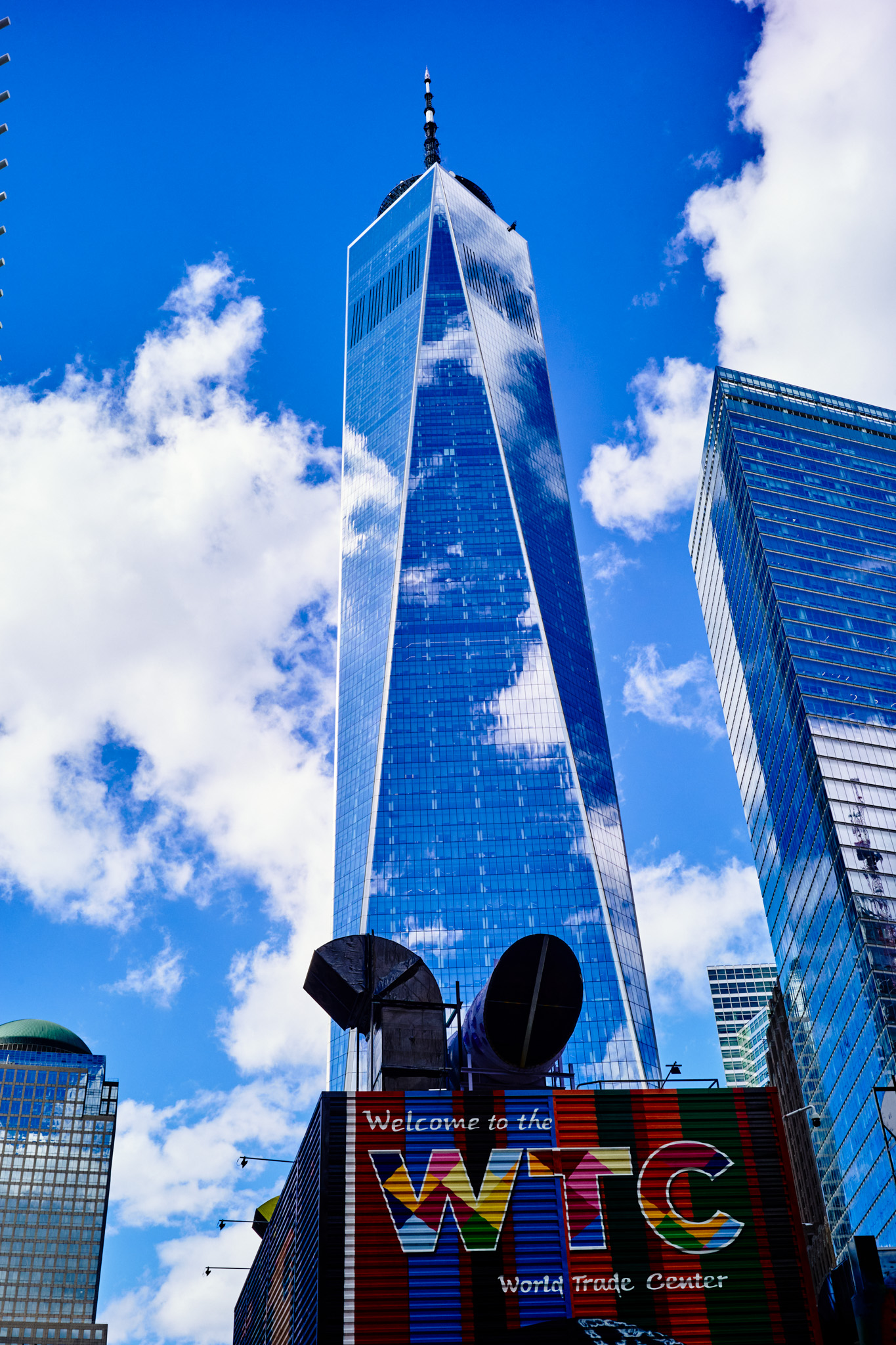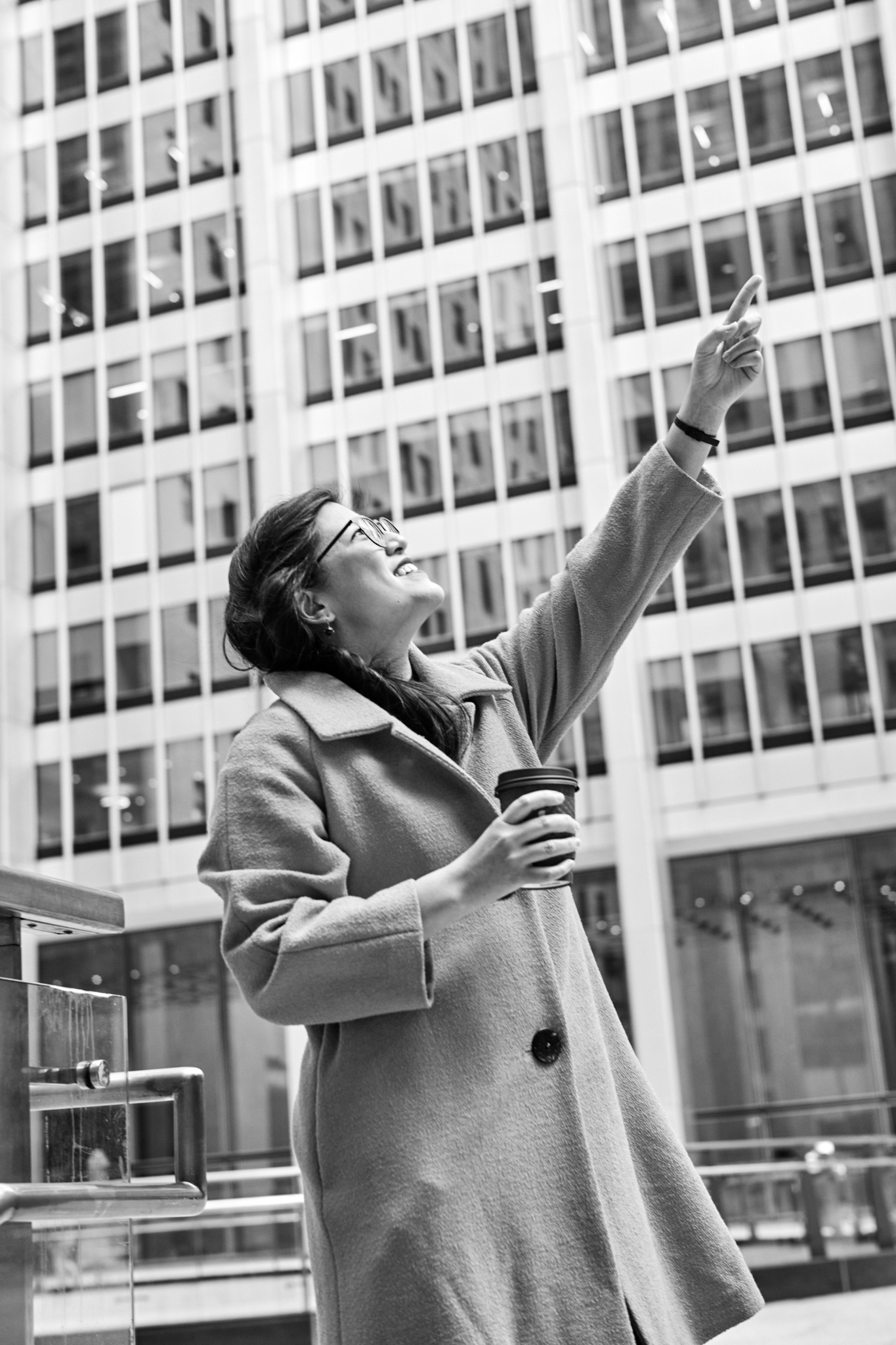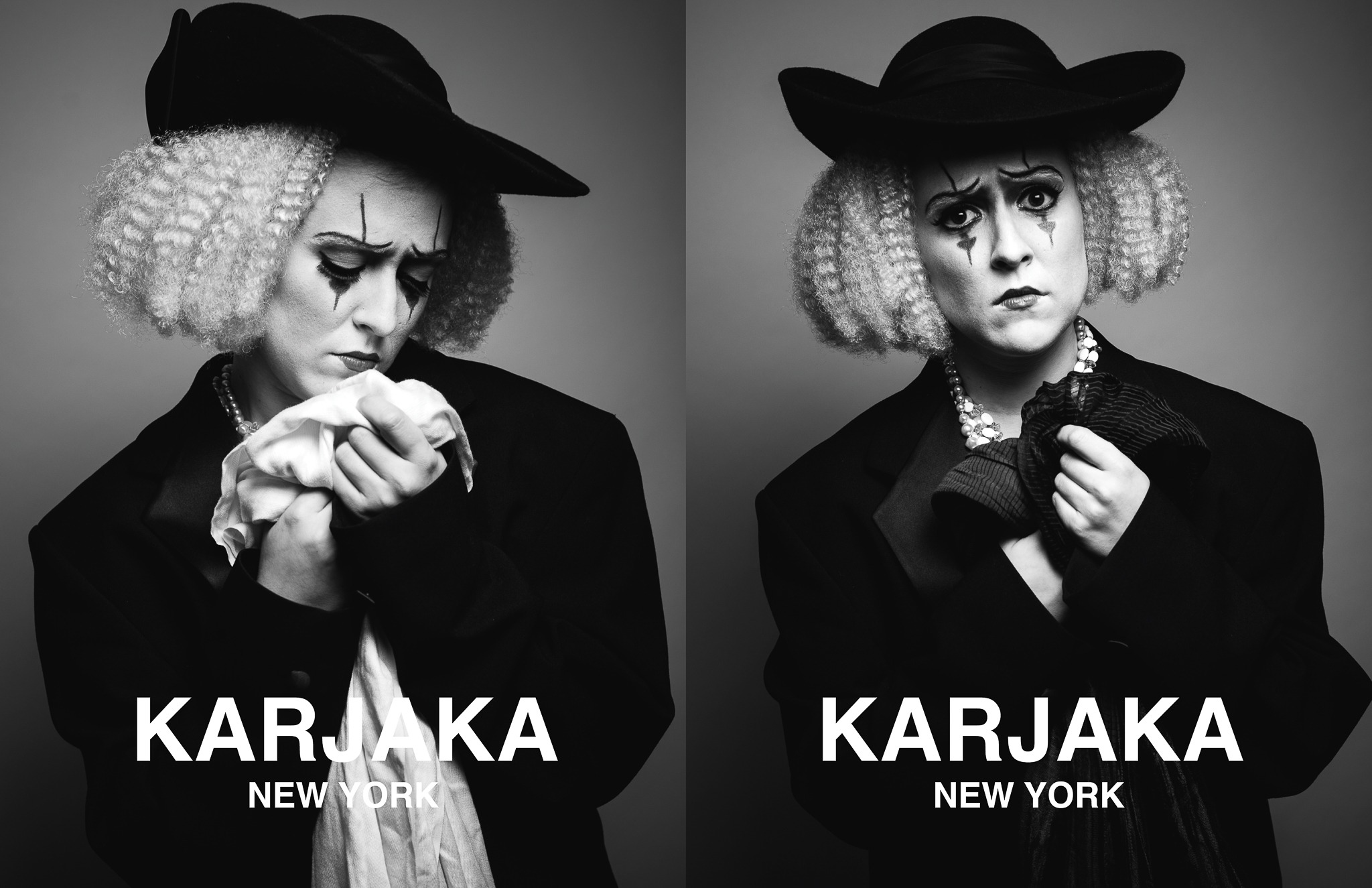
“Look up. What do you see?”
These are the words that I frequently say to a client, usually an architect, when we walk out onto the street after a meeting.
It’s not a test, but let me tell you, the response can say a lot about a person and reveals surprises every time. It’s unusual enough to be asked that. Not when you’re in the company of a facade engineer like me though.
What is a facade engineer? And why does it sound so sexy? Let’s answer these together, starting with the last question first.

If you’ve fallen prey to associating the French language with desire, you’re not alone. Many associate the melodic, vowel-filled language with culture, breathlessness, and desire. From the French word for face and a dash of Italian influence, in 1681, it was first used to describe the face of a building. Somewhere along the way, I imagine through espionage, drama, and intrigue, facade also took on a figurative meaning, to indicate a dissonance between one’s expression and true intention. There is a contradiction between outside and inside. Can’t help but imagine a correlation between the word facade developing its dual meaning and French history in the 18th century. Between the decadence of Versailles and the French Revolution, it’s not hard to see how the facade of a luxurious ruffled daydream can hide the reality of a rebellion.
A facade engineer is an engineer who specializes in the design and technical performance of the outermost layer of the building, also called the building skin, enclosure, or envelope. You may not have heard of it because it’s a relatively new discipline that draws on traditional engineering disciplines like structural, mechanical, and environmental engineering. The first facade engineers were structural or mechanical engineers in European countries, where materials and energy have been more expensive than here in the States. The discipline evolved from a necessity of optimizing materials and costs. Think of an iconic all-glass space. For me it’s the Time Warner Tower. Generally, if you go in winter, it is cold as hell. If you’re there in summer, it is hot as hell. I’ve never been one for religion, but I’ve come to describe hell as basically any temperature or environment you don’t find comfortable, magnified.
A building’s facade is really important, because while maintaining a comfortable interior space, it helps bring the outside in visually. No one wants to spend time in a windowless room. Unfortunately, glass is excellent at bringing in the exterior views and sunlight, but glass is not really good at helping maintain the interior conditioned space. A well-designed facade inspires awe from the outside and from the inside of the building, and it helps to save energy. Together with an efficient heating and cooling system, it helps keep the building cool in the summer and warm in the winter. We have come to expect any space we enter to be perfectly conditioned for our comfort, but let’s aim even higher shall we? Let’s fill our cities with sophisticated buildings of beautiful materials. We’re talking buildings to match the glossy pages of fashion mags and feeds of Instagram influencers AND comfort. And for our more rural areas, let’s create spaces people want to gather in, especially if traveling there requires a lot of effort or time in addition to putting on pants.
Think of it this way: the perfect facade is the perfect 4-seasons jacket. Waterproof for the rain; warm in the winter. It ventilates when you’re sweating in the summer. And, it’s custom tailored to show off your figure, and damn, do you look good. But, much like all things in life, you can’t have it all. In practice, something’s gotta give. And, you sometimes have to compromise on functionality, especially if you choose to disproportionately prioritize fashion.
Unlike fashion, or the traditional disciplines of engineering, you can’t go to school specifically for facade engineering here in the States. I didn’t know what the field was until I graduated. How I got here is a much longer discussion for maybe the next installment, but it involves heartbreak, existential crises, and #growth. There is even theater and copious amounts of drinking involved. It’s a banger, but that’s for another time.
Until then, let me tell you what I see when I leave my front door: New York is one of the most fascinating cities in the world, the newest shiniest glass towers next to forgotten brick buildings a century or more past anticipated shelf life. But, not all is as it seems. Not all that glitters is gold. And, not all new buildings are new. Much like books, I don’t recommend judging buildings (or people) by their cover.
Everyone’s got a multifaceted story. From the materials that are used to build the buildings themselves to the people that are the real fibers that weave this technicolor and aggressively fashionable textile that is New York, we’re from everywhere and, damn, have we had journeys.
I wish more people knew about facade engineering concepts because a lot of them affect most people who live in buildings, New York or elsewhere. Knowing how a facade works and being able to express your feelings about its design enables you to advocate for what you want for yourself and your loved ones. And, isn’t that what we all want at the end of the day? To cultivate a place that centers the people that we love the most, our family, our chosen fam, and our community, to feel at home in this wild concrete jungle and relentless city? So stay tuned to arm yourself with talking points for the next community hearing about a new building, or at least a lens to view the city for some interesting points of discussion for your next dinner party. Until then, next time you leave home, say to yourself, “Look up. What do I see?”
Katherine (Kat) Chan is a facade engineer with more than 10 years experience in the built environment, hyperlocal to NYC, where she calls home, and internationally. Her self-propelled desire for thorough analysis and a propensity for detail has enabled her to advocate for innovative approaches and materials. Her aim is to make facade design and engineering concepts accessible for more people, so they can have an engaged experience in the environment they live in. Kat has a degree in Structural Engineering from Columbia University, where she teaches as part of Adjunct Faculty in the Graduate School of Architecture, Preservation, and Planning.

